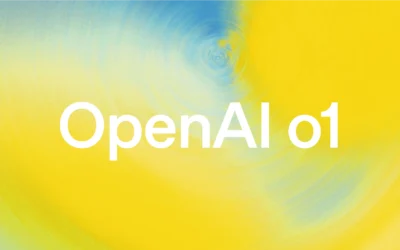Breaking Down OpenAI’s GPT-3 Language Model

OpenAI’s GPT-3 (Generative Pre-trained Transformer 3) language model is one of the most advanced language models in the world today. It has been making waves in the tech industry, with its ability to generate human-like text and its potential for use in various applications. In this blog, we’ll break down the GPT-3 language model and explore its capabilities.
What is GPT-3?
GPT-3 is an autoregressive language model that uses deep learning algorithms to generate human-like text. It was trained on a massive corpus of text, including books, articles, and websites. GPT-3 has 175 billion parameters, making it one of the largest language models ever created.
How does GPT-3 work?
GPT-3 uses a transformer-based neural network architecture that has been pre-trained on a large corpus of text. The pre-training enables GPT-3 to generate text that is coherent and grammatically correct. GPT-3 can also perform various language-related tasks, such as translation, summarization, and question-answering.
What are the capabilities of GPT-3?
GPT-3’s capabilities are numerous, and they include:
- Language Generation: GPT-3 can generate coherent and natural-sounding text on a wide range of topics. The generated text can be used for applications such as chatbots, content creation, and language translation.
- Language Translation: GPT-3 can translate text from one language to another. The translations are not perfect, but they are of high quality and can be used for many applications.
- Question Answering: GPT-3 can answer questions posed to it in natural language. The answers are based on the knowledge it has acquired during training.
- Summarization: GPT-3 can summarize long texts into shorter, more readable summaries. The summaries can be used for applications such as news aggregation and content curation.
- Code Generation: GPT-3 can generate code snippets based on natural language descriptions. This feature can be used to automate programming tasks and improve developer productivity.
What are the applications of GPT-3?
GPT-3 has numerous applications, including:
- Content creation: GPT-3 can generate high-quality content on a wide range of topics. This feature can be used for applications such as blog post writing, content curation, and social media management.
- Chatbots: GPT-3 can power chatbots that can converse with users in natural language. These chatbots can be used for customer service, lead generation, and other applications.
- Language Translation: GPT-3 can translate text from one language to another, making it useful for global communication.
- Automated programming: GPT-3 can generate code snippets based on natural language descriptions. This feature can be used to automate programming tasks and improve developer productivity.
In conclusion, OpenAI’s GPT-3 language model is one of the most advanced language models in the world today. Its capabilities are numerous, and its potential for use in various applications is vast. GPT-3 has the potential to revolutionize many industries, and it will be exciting to see how it continues to evolve and improve in the years to come.






